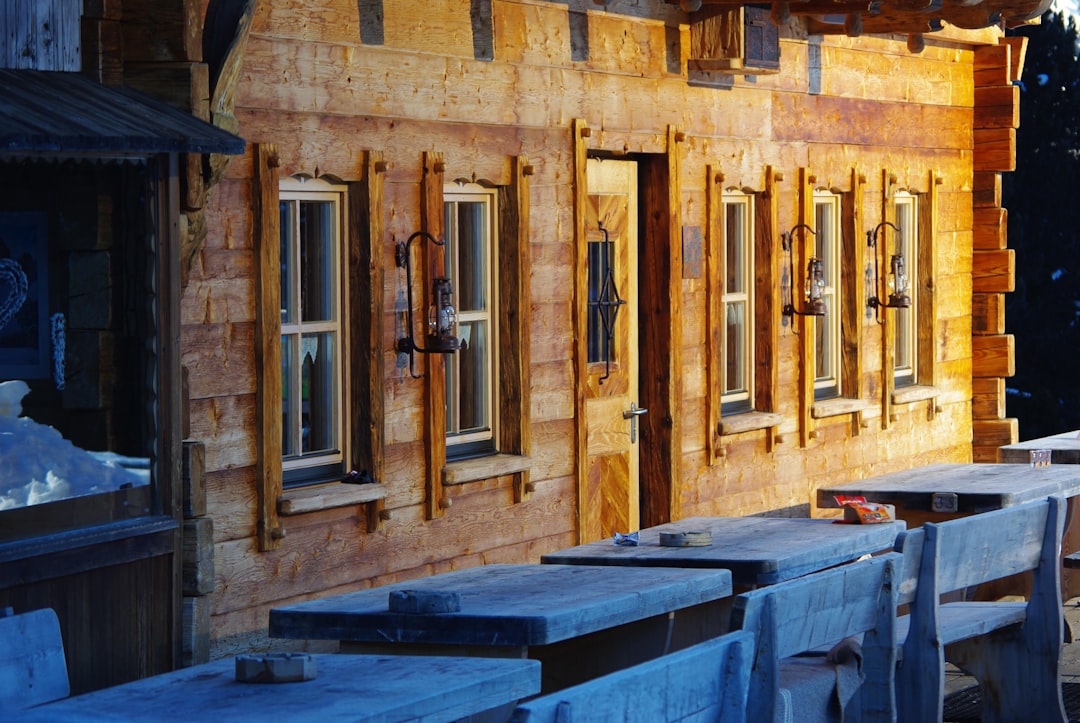
For construction professionals, accurately estimating split unit installation costs is crucial. The cost can range from $2,500 for a single-zone retrofit to over $12,000 for a multi-zone system. Factors such as system capacity, home layout, and electrical upgrades significantly impact these costs. Staying informed with up-to-date pricing and avoiding overestimation is essential for maintaining competitive bids.
1. System Capacity & Zones
A 9,000 BTU single-zone unit may cost $1,200, while a 36,000 BTU quad-zone system can exceed $4,500. More zones require additional line sets and labor.
2. Home Layout & Accessibility
Open attic runs reduce install time, whereas dense retrofit paths increase labor and tool requirements.
3. Electrical Upgrades
Upgrading to a 200-amp service can add $800–$2,000 to the project.
4. Permit Requirements
Permit fees range from $150 to $650, depending on local regulations.
5. Finish Level & Aesthetics
In-wall concealment with drywall patching can double labor costs.
Based on recent data, average costs are:
These figures are updated regularly to reflect current market conditions.
Utilize real-time data and AI tools to ensure accurate estimates. Consider factors like labor benchmarks and material costs to avoid overestimating.
If a system is over 12 years old or uses R-22 refrigerant, consider upgrading. Repair costs can approach 40% of a new system, making replacement more cost-effective.
For construction professionals, accurate split unit installation cost data is essential. Create an account at CountBricks to access real-time estimates and streamline your projects.

A 1950s split-level home in Mission Hills required a cooling solution without damaging vintage plaster walls. The project involved adding four indoor heads and one condenser, with a total cost of $9,420. This included equipment, labor, and soft costs, all accurately estimated using CountBricks tools.
See more success stories or start your own estimate at CountBricks.